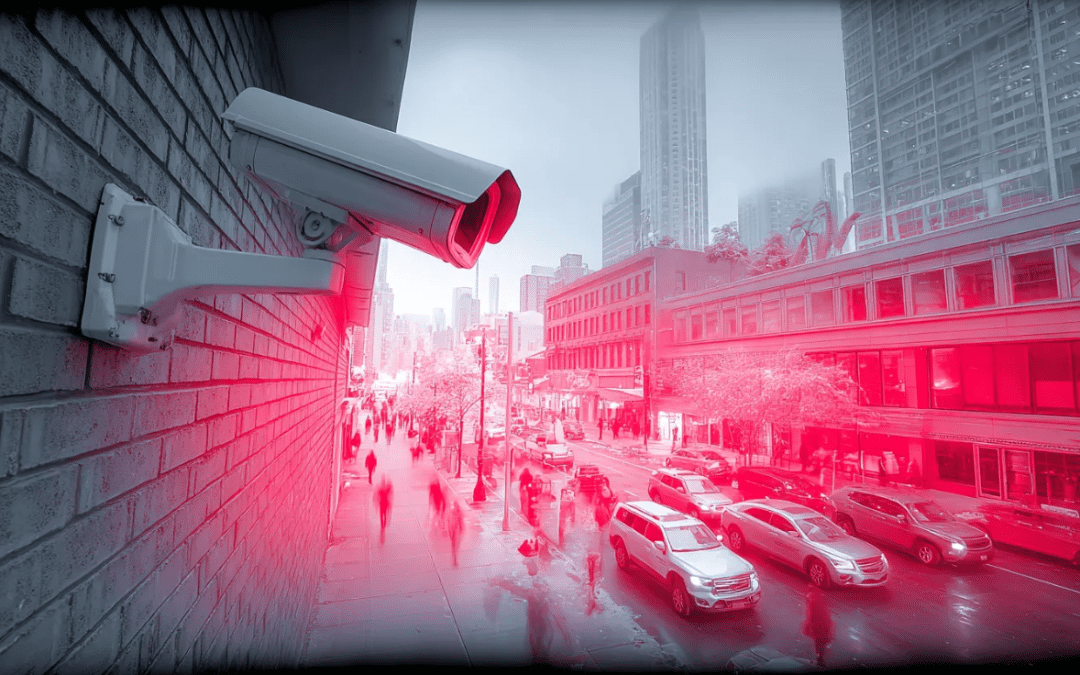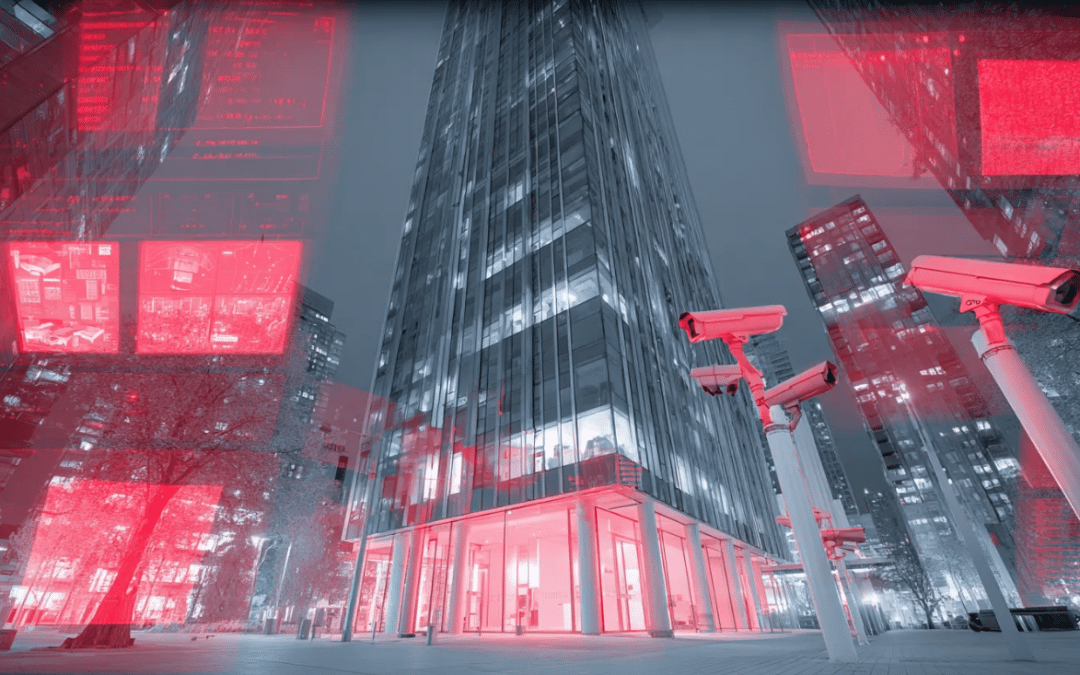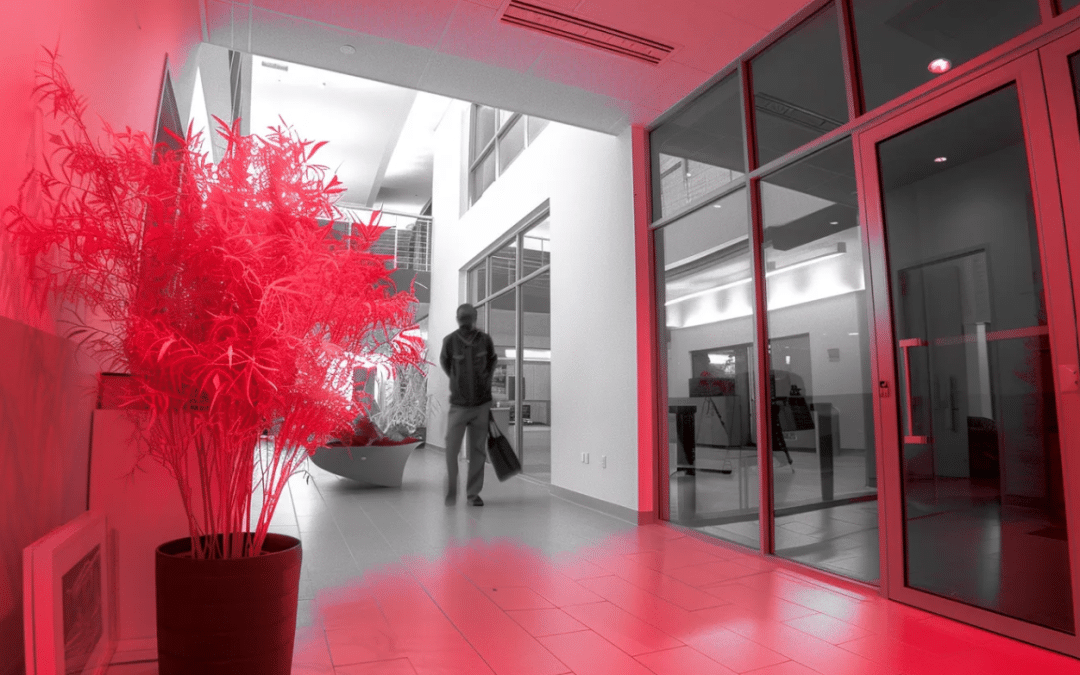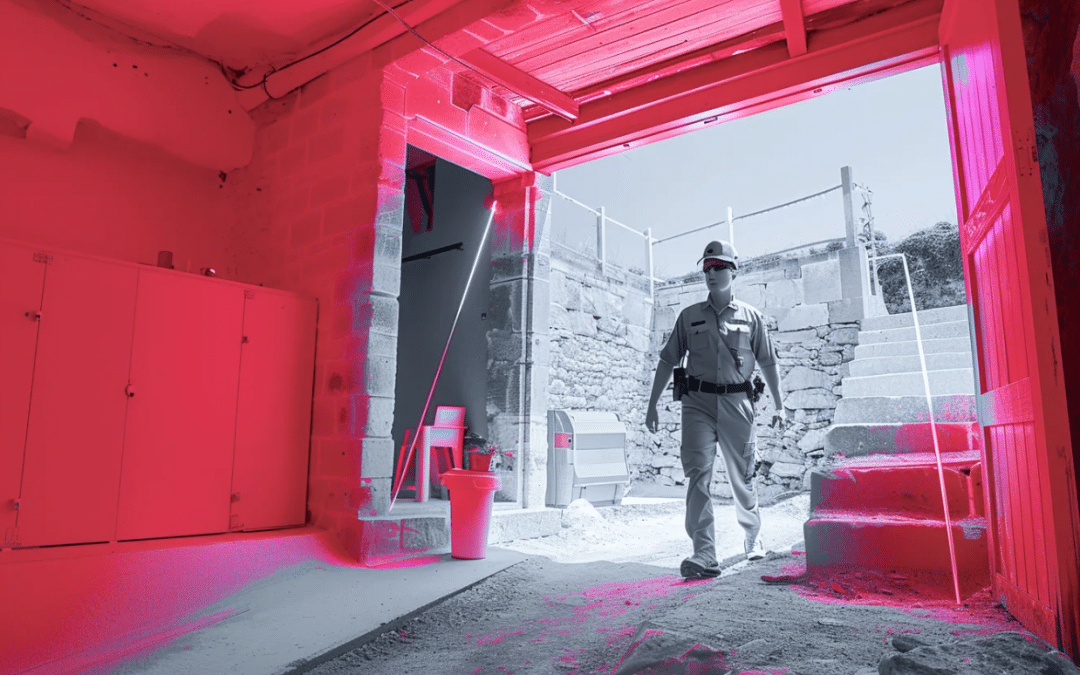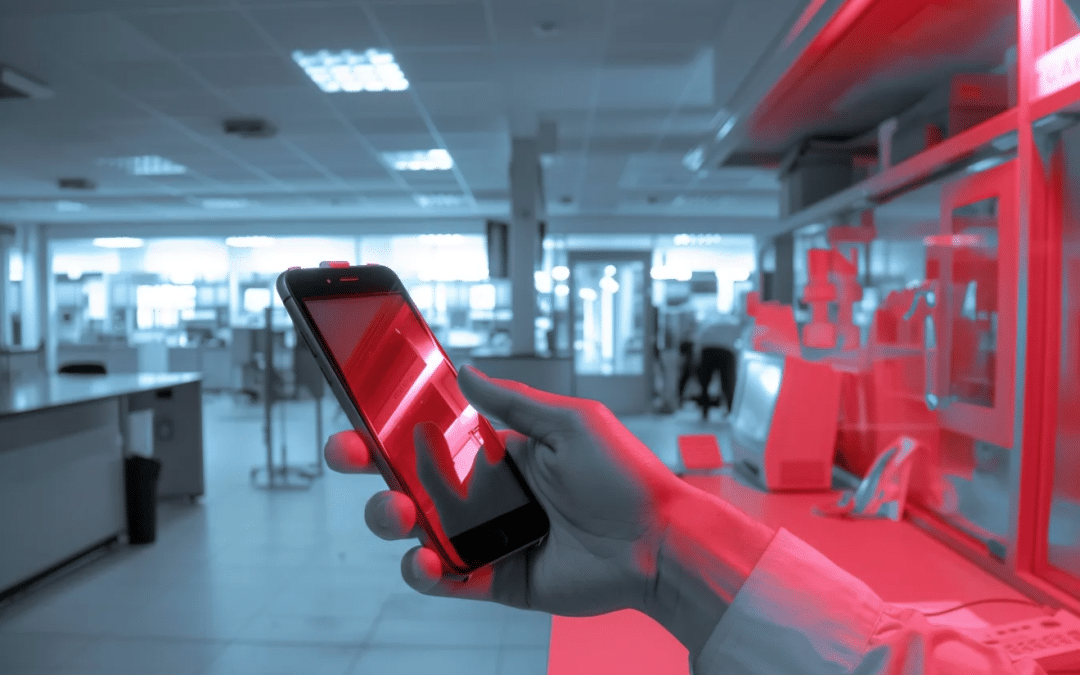The security of goods, people and infrastructures has become an absolute priority for companies and local authorities. Faced with a growing number of intrusions, thefts and malicious acts, it is essential to adopt reliable, responsive detection solutions adapted to each environment. Motion detectors are one of the most effective tools in any risk prevention strategy.
Installed in sensitive areas, this type of sensor can detect any unusual presence, triggering an immediate alert and enabling rapid intervention. It integrates perfectly into a larger alarm or video surveillance system, providing intelligent, responsive coverage of business premises, warehouses, public buildings or parking lots.
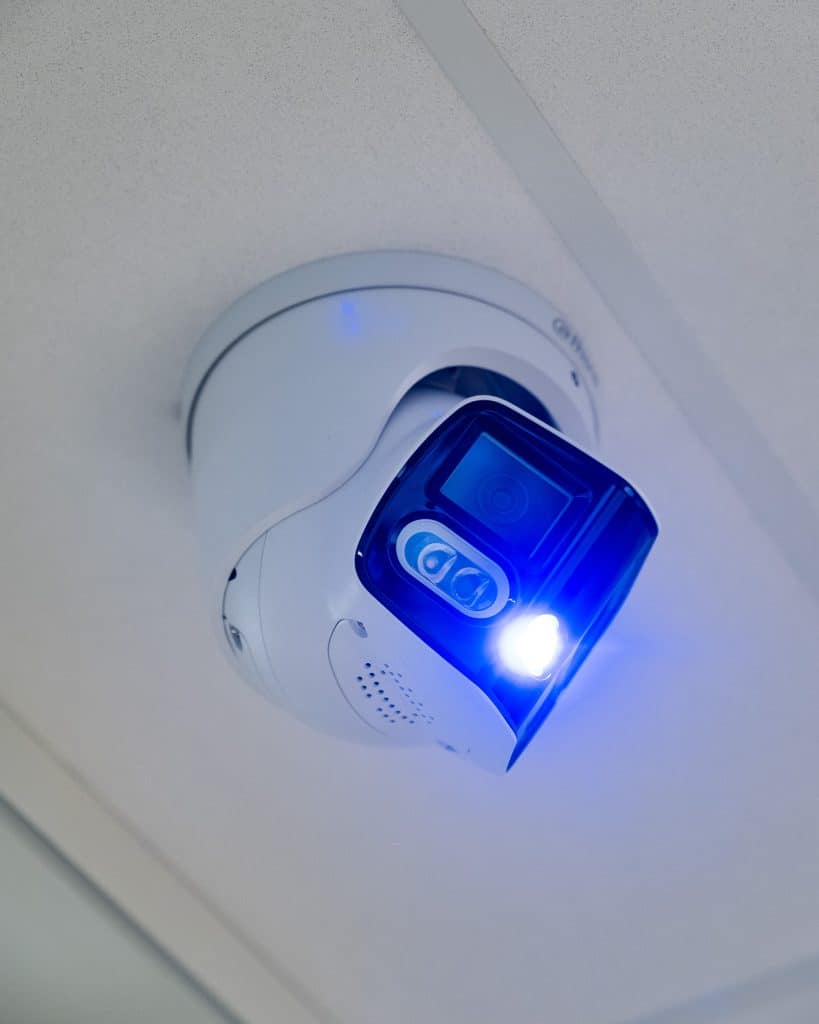
How does a motion detector work?
A motion detector is based on technologies capable of detecting unusual activity within a defined perimeter. There are several types of sensor, each based on different detection principles.
Passive infrared detection (PIR)
The PIR sensor is the most commonly used. It detects variations in the heat emitted by the human body or animals. When a moving heat source enters its detection field, it triggers an alarm or notification. It's a simple, reliable and economical solution, often used indoors.
Microwave detection
This type of sensor emits high-frequency electromagnetic waves that bounce off surrounding objects. If there is a change in the signal return (e.g. a person moving), the device identifies movement. Microwave sensors cover a larger area than PIRs, but can be more sensitive to interference.
Dual-technology sensors
To avoid false alarms, some devices combine the two technologies. The sensor triggers the alert only if both systems detect movement simultaneously. This double check increases system reliability, particularly in complex environments or those exposed to temperature variations or disturbances.
Why install a motion detector on your premises?
Reduce the risk of intrusion
A motion detector immediately detects an unauthorized presence, day or night. Coupled with an intruder alarm, it triggers a siren or sends an alert to a remote monitoring center, limiting the risk of burglary or damage.
Deterring malicious behavior
The mere visible presence of a detector can be enough to deter potential intruders. It acts as a psychological and technical barrier, reinforcing the protection of your premises, particularly in low-traffic, poorly-lit or blind-cornered areas. The addition of a sensor light in these areas further enhances deterrence.
Optimize surveillance rounds
As part of a human security or remote surveillance service, motion detectors optimize rounds. Agents can focus their attention on areas where an alert has been detected, reducing unnecessary movement and increasing efficiency.
Controlling safety costs
Installing sensors in strategic locations reduces the need for constant physical surveillance. This represents substantial savings, while maintaining a high level of security, particularly in industrial buildings, warehouses or municipal facilities.
Where to install your motion detectors?
Entrances and emergency exits
These access points are strategic, as they are often targeted by intruders. A detector can be combined with an alarm or automatic lighting.
Corridors and passageways
With frequent travel, it's best to opt for dual-technology sensors to avoid nuisance triggers.
Technical rooms, warehouses, storerooms
These are low-traffic areas, so any movement outside authorized hours is suspect. A presence detector combined with LED lighting or an automatic switch can be considered to turn the light on or off according to the activity detected. An infrared motion detector can also be easily integrated.
Parking lots and outdoor areas
Choose weather-resistant devices with a good detection range (several meters), a wide angle, and a minimum IP65 waterproof rating. Some outdoor models with black or white housing incorporate a motion detector combined with LED lighting or a stand-alone luminaire. Some outdoor models include powerful LED lighting.
Best practices for choosing the right detector
Assessing needs by location
Each area has its own specificities: ceiling height, type of room (indoor or outdoor), lighting conditions, angle of coverage required, type of passage or presence to be detected. It's essential to adapt the model to the application.
Favoring dual technology to avoid false alarms
The infrared + microwave combination limits interpretation errors (e.g. temperature variation or animal movement).
Linking detectors to an alarm or video surveillance system
Some models also integrate cameras, automatic LED lighting or a connected switch. Brands such as Legrand, Somfy, BEG or wall-mounted references facilitate integration into different installation contexts.
Recognized industry players such as Aximéa and ATS Corrèze offer integrated systems combining detection, alarm and video surveillance.
For maximum protection, the detectors must be connected to an alarm system or remote monitoring center.
Anticipating maintenance and compliance
Choose reliable products, with high-performance sensors such as infrared or dual-technology models, clear instructions, manufacturer's warranty and precise technical references (product ref.). Installation that complies with current standards avoids disputes in the event of an incident.
Essential support for a successful installation
Calling in a security professional can help you assess your real needs, choose the right models, comply with installation standards and ensure regular maintenance. Some service providers offer comprehensive contracts including supply, installation, configuration and assistance in the event of an alarm. To guarantee effective, compliant installation of your motion detectors, we recommend that you call on the services of electronic security professionals. Specialized companies such as Finalease Group Security, Aximea, Vigifrance or ATS Corrèze supports professionals and local authorities in the implementation of tailor-made solutions, adapted to each environment.
Conclusion
Motion detectors have become a must-have for any company or community concerned with intrusion prevention. Easy to install and adaptable to any environment (indoors or out), they enhance security while optimizing costs. By combining them intelligently with other devices such as video surveillance or alarms, they become a real source of peace of mind for decision-makers and users alike.
